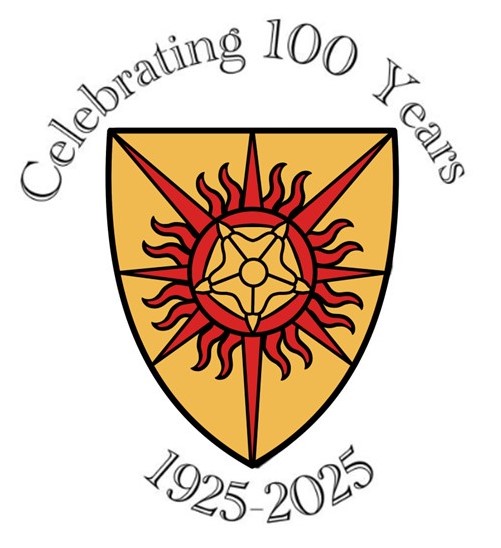 What a joy it was to see so many of you at Harvard a few weeks ago for the 100th Annual Meeting of the Medieval Academy of America! With more than 850 attendees, this was our largest and most expansive meeting ever, with attendees from twenty-three countries and a program that was rigorous, global, intersectional, and interdisciplinary. More than 500 presenters shared their work in concurrent sessions over the three-day conference. The Opening and Closing Plenaries took us to Africa: Kristina Richardson examined evidence for the trade in enslaved people from East Africa across the Arabian Sea, and Wendy Belcher presented her work on Ethiopic miracle stories of the Virgin Mary (a project that was awarded this year’s Digital Humanities and Multimedia Studies Prize). President Sara Lipton shared her ongoing research about the history of the hexagram, or Shield of David, as a symbol of Jewishness. Friday morning’s CARA session was a roundtable titled “Sharing Struggles, Successes, and Solutions: Working Together To Support Medieval Programs at Our Universities.” All of the plenaries are (or will soon be) available on our YouTube channel.
What a joy it was to see so many of you at Harvard a few weeks ago for the 100th Annual Meeting of the Medieval Academy of America! With more than 850 attendees, this was our largest and most expansive meeting ever, with attendees from twenty-three countries and a program that was rigorous, global, intersectional, and interdisciplinary. More than 500 presenters shared their work in concurrent sessions over the three-day conference. The Opening and Closing Plenaries took us to Africa: Kristina Richardson examined evidence for the trade in enslaved people from East Africa across the Arabian Sea, and Wendy Belcher presented her work on Ethiopic miracle stories of the Virgin Mary (a project that was awarded this year’s Digital Humanities and Multimedia Studies Prize). President Sara Lipton shared her ongoing research about the history of the hexagram, or Shield of David, as a symbol of Jewishness. Friday morning’s CARA session was a roundtable titled “Sharing Struggles, Successes, and Solutions: Working Together To Support Medieval Programs at Our Universities.” All of the plenaries are (or will soon be) available on our YouTube channel.
But there was so much more going on than sessions and plenary lectures! The day before the Meeting officially began saw a full day of programming: a workshop for graduate students on “Teaching the Global Middle Ages,” and the 2025 Digital Medieval Studies Institute, as well as open houses and tours of the Museum of Fine Arts and the Boston Public Library. A special exhibit at Harvard’s Houghton Library showcased early acquisitions of medieval manuscripts and explored their provenance. Concerts of early music entertained conference attendees in the evenings, and everyone had an opportunity to explore the MAA Centennial Grant projects through a poster display. Prizes were awarded and Fellows were inducted. The Digital Humanities Coffee Break brought several dozen DH-ers together for networking and discussion. Lunchtime events included the annual Inclusivity & Diversity Mentoring Lunch and the CARA Networking Lunch as well as special tours of Harvard collections.
The Annual Meeting is also a time for us to conduct important business. At the Council meeting on Thursday, several new policies and procedures were approved, including a revised and expanded Advocacy Policy. The new Policy was proposed by the Ad Hoc Advocacy Committee, and we are all extremely grateful to them for this important work. The revised Policy makes the important distinction between member requests for Advocacy Actions and suggestions for new or revised MAA Policy; please refer to the new Advocacy Policy for more details.
After a year of work, the Ad Hoc Committee to Review the Annual Meeting presented its report to Council, a report which was approved and will be implemented in the coming year. The full report may be found here, along with last year’s Annual Meeting survey results.
We are so grateful to Program Committee Chairs Sean Gilsdorf and Eileen Sweeney, as well as Claire Adams and all of the incredible volunteers (a.k.a. the Centenarii) who brought this meeting to life. My special thanks to outgoing President Sara Lipton, and a hearty welcome to our new President, Peggy McCracken! I hope to see you at the 2026 Anual Meeting in Amherst, Massachusetts. The Call for Papers may be found here.
In other news, I was quite intrigued by David Montgomery’s survey of 2,230 members of the general public about their views of the Middle Ages. MAA members Matt Gabriele and David Perry dig into the data here, but I encourage you to read Mongomery’s report in full. The upshot is that while we are making progress in medieval myth-busting, we still have work to do. Let’s get to it.
– Lisa



